“Creative without strategy is called ‘art.’ Creative with strategy is called ‘advertising.”
Advertising thrives with creativity! Today’s cutting-edge era demands you to be extraordinary with innovative and divergent thinking. If not, then you will be lost in the competitive business whirlpool.
Ad campaigns have become the core of every business, and enterprises are willing to spend suitable funds on them. One of the surveys by eMarketer shows that in 2021, the cost of social ad campaigns had reached $50.86 Billion.Â
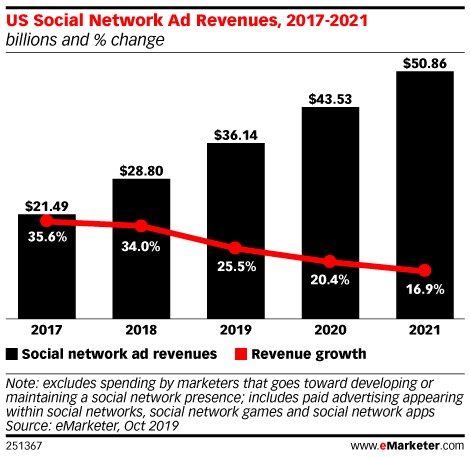
However, every dollar spent on an advertising campaign needs to boost revenue. For that, businesses should focus on analyzing numbers, marketing strategies, and data to assess the efficacy of advertising campaigns.
Every marketing campaign intends to drive revenue, and the return on ad spend is the natural way to track the ad costs.
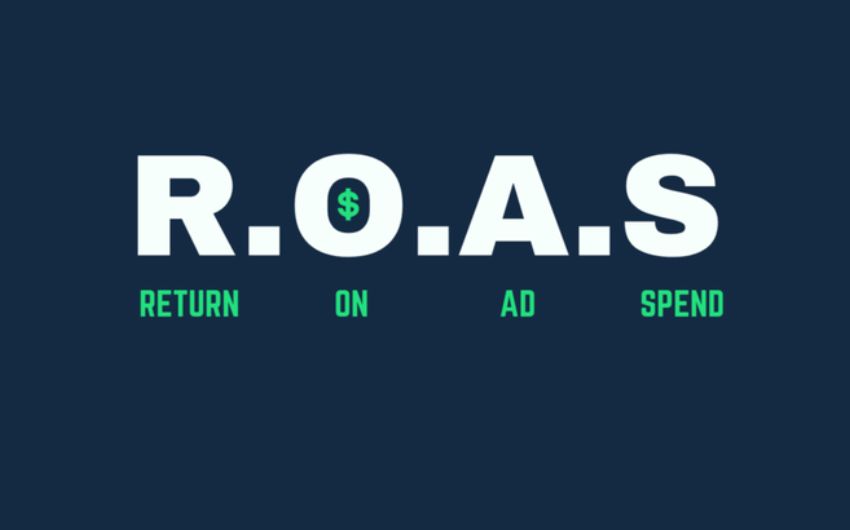
The concept of return on ad spend (ROAS) is similar to ROI (Return On Investment), where the profit margin of marketing and advertising costs is analyzed. In other words, it represents your total earnings from an advertising campaign.
This metric provides more information about driving conversions and revenue generated by conversion actions.
At the end of this blog, you will acquire knowledge regarding these aspects of ROAS:
- The expansion of return on ad spend
- A simple formula to calculate ROAS
- Importance of ROAS for digital marketers
- You will learn to improve your return on ad spend
What is Return On Ad Spend (ROAS)?

Return On Ad Spend (ROAS) is a marketing metric that calculates the cost of revenue generated for every single dollar spent by a company on its advertising efforts. Like ROI, ROAS measures the return on marketing expenses incurred for digital advertising.
Other than ROAS of the entire marketing budget, you can measure it granularly according to the specific ads, targeting, advertising campaign, and more.
How to Calculate ROAS?
ROAS is an essential and effective marketing metric, often misconstrued as a complicated calculation for novice marketers. However, the truth is far away from that.
In reality, the ROAS formula is one of the simplest equations: ROAS is derived from the total revenue of a particular ad campaign divided by the ad campaign cost.
ROAS Calculation Formula:
ROAS = Total Ad Campaign Revenue/Ad Campaign Cost
Let’s take an example to understand the dynamic of this formula: If a coffee company spends around $30,000 on advertising campaigns across various media in January and generates $90,000 in revenue, the ROAS is $3.
ROAS = Total Ad Campaign Revenue/Ad Campaign Cost
= $90,000 / $30,000
= $3.00
Why Do Businesses Need to Use ROAS?

Many people wonder why we spend more time calculating and tracking ROAS when we already spend the money, time, and effort on ads. They say we can follow the click-through rate (CTR) or conversion rate (CR) data and understand how our ads are doing out there.
The issue with CTR and CR is that we can never know how much money we made from ads. Therefore, we intend to increase the revenue with advertising campaigns, not just drive traffic.
ROAS lets you organize your money in the right direction. It helps you generate the most value for every dollar spent on your ads.
In order to understand the benefits of calculating ROAS, we will look at what data you can acquire from clicks, conversions, and ROAS regarding your ad campaigns.
The Result of Click Data:
Let’s assume you’re the owner of a wedding planning company. The average revenue of every customer is around $4,000, with a profit margin of 50%. That means the net profit is $2,000.
This is the data from the most successful ad campaigns:

In this image, we can see Campaign 3 is producing the best output, with the lowest cost per click (CPC) paired with the highest click-through rate (CTR).
According to this data, Campaign 3 is providing the best output. As you can see, it is the only one with the lowest CPC (Cost Per Click) along with the highest CTR (Click-Through-Rate).
However, we don’t know the end results of these clicks. Are these clicks organic or the result of quick browsing while searching for “wedding ideas,” “best wedding venues,” or “buy a bridal gown?” They might browse through your site, but you won’t be the one planning their wedding.
The Result of Conversions Data:
Well, CTR didn’t provide you with what you were looking for, so you might think Conversion Rate will be your accurate parameter to measure the success of your ad campaign. Then it’s time to analyze the data for conversation rate.

We have Campaign 3 once again the leading player in regards to CR. The CR is low compared to Campaign 1, 4, and 5, though the lowest CPL (Cost Per Lead). Apart from that, Campaign 4 is in last place as the cost for producing the same number of leads as Campaign 3 is nine times more.
However, the question is why Campaign 3 generates a lower CR, almost half of Campaign 1. The ads might not be reaching the relevant audience, the landing page might be designed poorly, or the organic traffic is not generating as much as it should have. No matter how exclusively tracked CR is, some questions will go unanswered.
The Result of ROAS Data:
Now it’s time for us to analyze the data from ROAS:

We can see different stories of the same data-driven ad campaigns as we explore further. For example, we can see that Campaign 4 is generating more revenue for the company, despite having weaker rates for clicks and conversions.
On the other hand, Campaign 3 has more clicks and conversions, but the ROAS is the lowest compared to other campaigns, making it the second-worst revenue generator.
However, the plot twist is — campaign 3, in reality, is losing money because of completion, which accounts for making money as half of the revenue.
Because of Campaign 3, 92% ROAS is a loss for your wedding planning company. On the other hand, Campaign 4 generates more revenue, and the profit margins are increasing even though the costs are modified. These are some of the reasons for the success of Campaign 4:
- Outstanding landing page
- Focusing on relevant searches
- Generating traffic in the lower sales funnel
Now you know why using ROAS is essential for your business rather than relying on CTR or CR and letting your business drown in the loss.
Why is ROAS Important for Your Business?
Here are some of the reasons why ROAS is important for your business:
- ROAS determines the overall performance and financial return of every ad campaign.
- Acquire accurate data on ad spend expenses, changes in an ad campaign, and recommendations for a better marketing strategy.
- Assess the resources to invest in the most beneficial and highest-performing ad campaigns and ads.
- ROAS sets the standard for the ads to reach that level to achieve a specific revenue.
The ROAS metric helps you maintain and increase spending despite encountering difficult economic situations.
In the following graph, you can see how ad spending can lead to success.
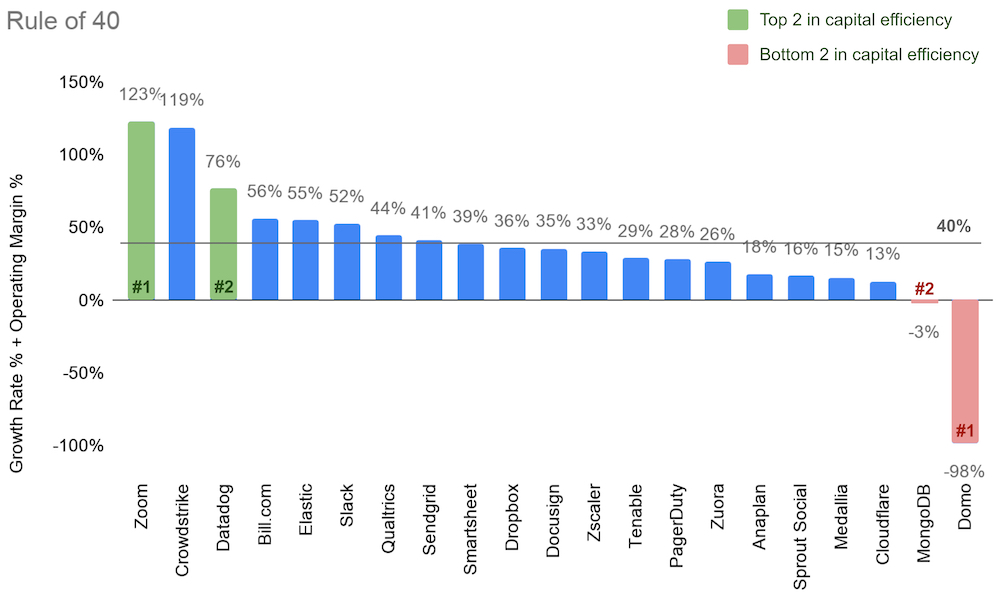
These highly effective enterprises are successful because of the second-order impact on marketing budgets. But, on the other hand, marketers are under pressure to fund advertising campaigns.
In other words, calculating ROAS helps your company compare the performance and quality of the ad campaign and how much it is beneficial for the business. In addition, it gives you actionable and insightful data to optimize your ad spend.
As per the NCS’s research, ROAS across marketing channels differs. The most beneficial media, according to NCS, are as shown in this graph:
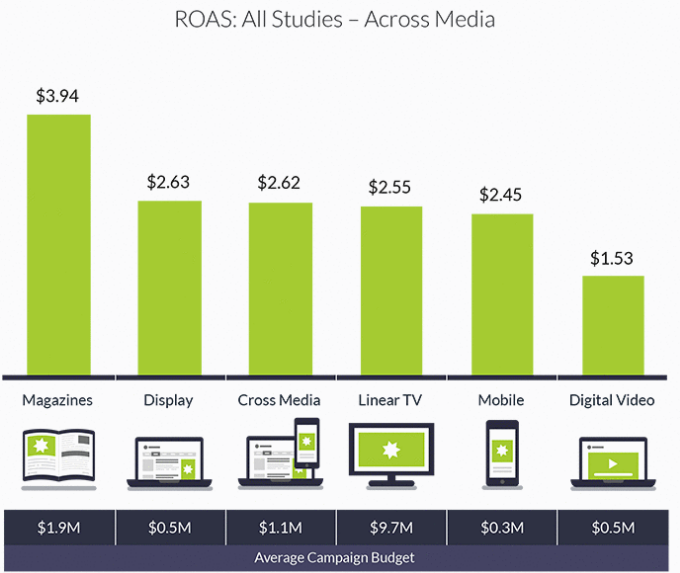
We can estimate that the average ROAS value ranges from $1.53 to $3.94 across various channels.
What Makes a Good ROAS?
Good ROAS depends on factors like the tech stack you use, the profit margin, the impact of the product on the customer, the effect on the market, overall business output, and more.
However, according to the general rule, 4:1 ($4 return on $1 ad spend) is considered a “Good” ROAS.
At 4:1, you start to earn the profit. Whereas 3:1 indicates, you have begun to enter the profit region.
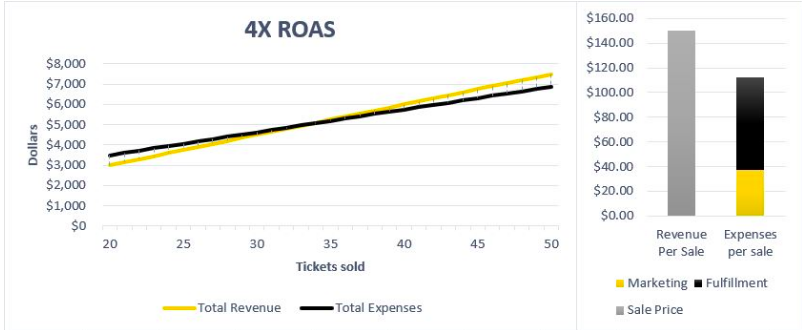
Considering all the business expenses and variable costs, if you’re getting 2:1 or worse, 1:1, then you’re doing something wrong with your ad campaign.
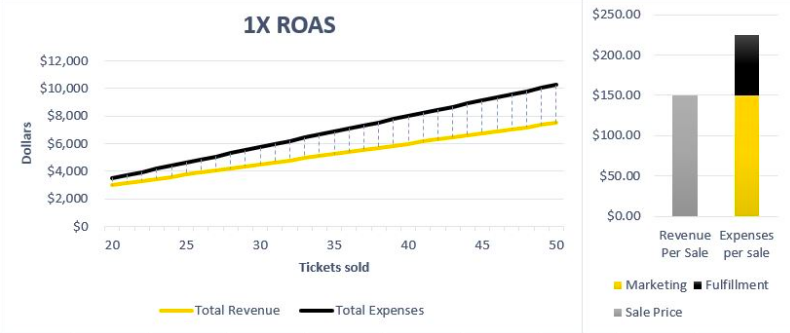
A ROAS of 1:1 means you are losing money at every conversion.
Also, the life-cycle of your business determines the ROAS. For example, for startups, ad campaigns are the essential factor in driving the audience, so it necessary aspect of the business.
But if you are an established business, then a lower ROAS might work if your primary focus is increasing your brand awareness.
Improve Your Return On Ad Spend
Review Its Accuracy
Not tracking your ROAS accuracy could lead to the destruction of one of the promising potential campaigns.
Thus, the first step you should take while tracking ROAS is reviewing the data you are considering for calculating this metric. For example, is it all over the cost of the advertising? Are you able to interact with the right audience? Or does the data include offline sales and indirect revenue as well?
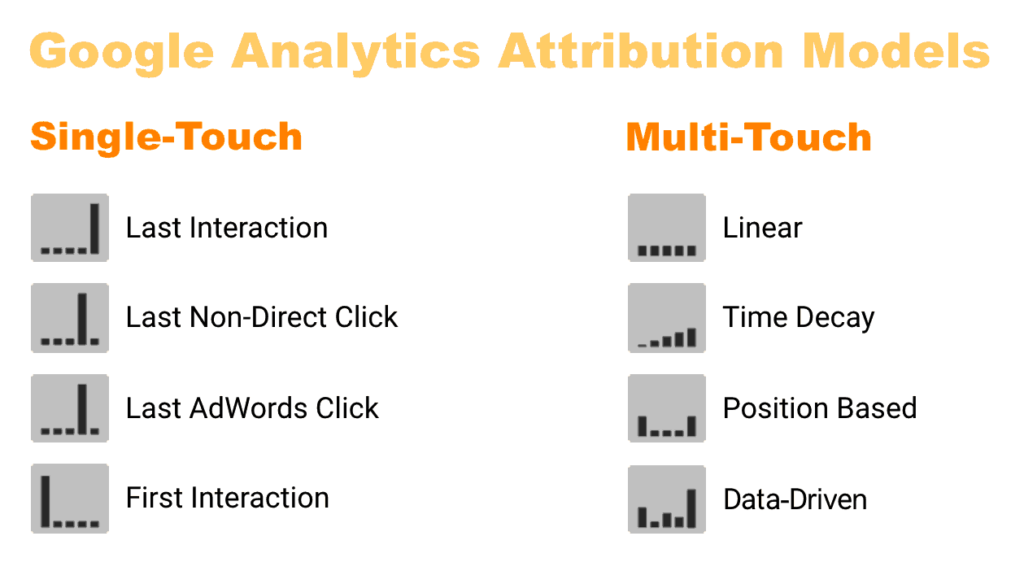
You can use first or last-click attribution models for symmetrical ROAS to create an effective campaign. But, first, make sure the attribution model you are using is suitable for the campaign.
Furthermore, don’t consider other costs while calculating ROAS; ad costs are the only aspect you need to consider. Additionally, costs will lower the value of ROAS.
Use Negative Keywords
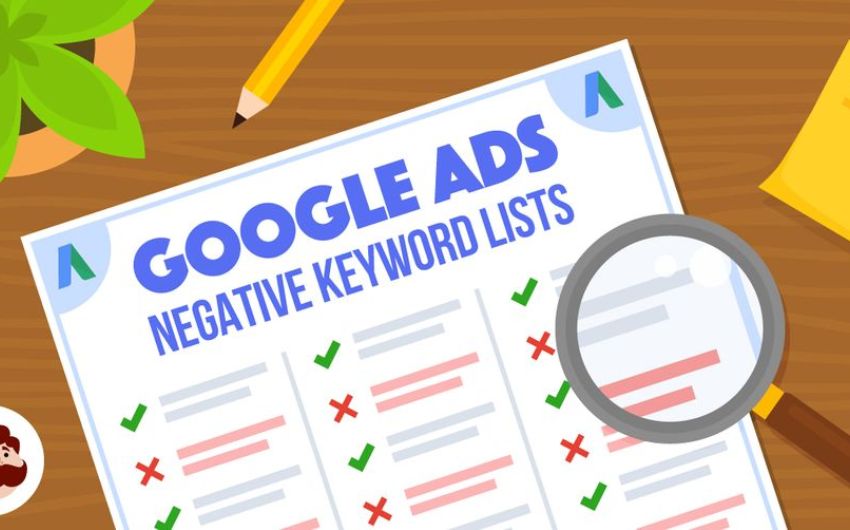
Negative keywords are a great way to improve ROAS. Negative keywords: won’t let your ads appear in searches involving those keywords.
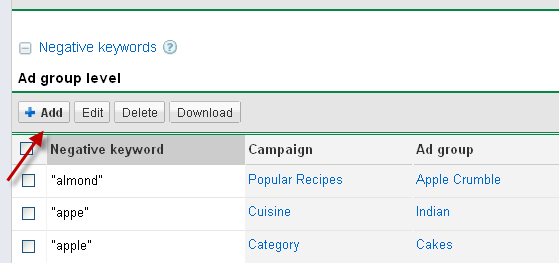
The tendency of the negative keywords is the same as the targeted keywords; they go beyond the scope of the business, products, or services. For example, for the coffee business, the ads will need these negative keywords:
- Cheap coffee
- Coffee shop
- Images of cheap coffee
- Coffee shop images
Work through your ad campaign and comprehend where you can use negative keywords.
There Might Be Other Issues Affecting Your Ad Campaign
Sometimes, the cause of low ROAS is not directly related to the ad campaign itself.
There could be a situation where the sales are high, but the ROAS is low, which means the cost of your product is too low, and you need to increase it. Or you can have low ROAS but a high CTR. That could happen for one of these reasons:
- The ad is misleading to the audience
- Expensive product
- Poorly designed landing pages or unclear CTAs or copies
- The complicated and lengthy checkout procedure
There are various reasons for low ROAS, from targeting the wrong keywords to not targeting the right audience or landing page without optimization (we will discuss it further).
Next time, don’t waste your advertising efforts in vain. Consider these aspects and then plan your ad campaign. You can use Google Ads as well.
Optimize Landing Pages
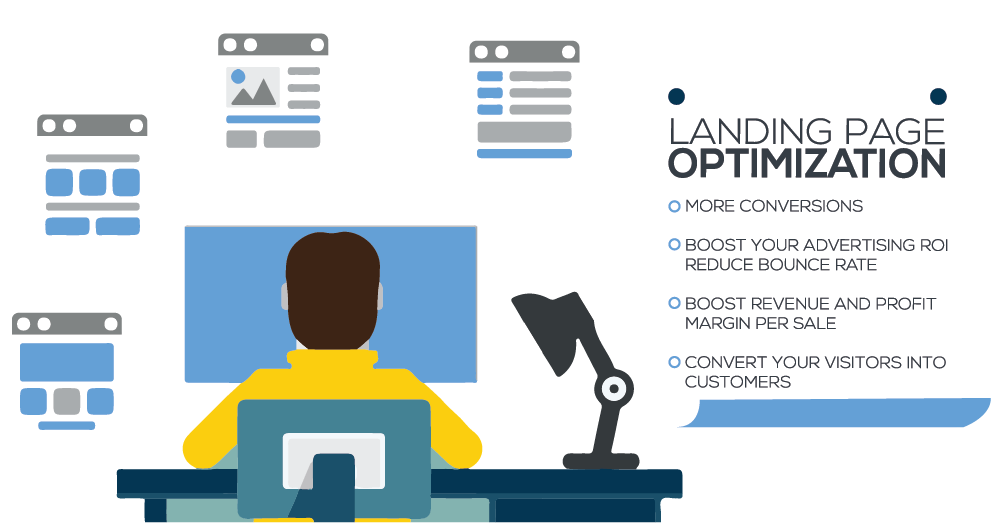
As we mentioned before, unoptimized landing pages could be one of the reasons for low ROAS. Because when users click on the ad, it directly leads to your landing page. According to experts, conversion rates drop by an average of 4.42% if the page doesn’t load within 5 seconds.
Apart from that, all the leads and sales will be thrown out of the window if the landing page is not indulging, user-friendly, or organized enough.
You need to optimize the landing page for every lead to buy your product. The design should be fast, reliable, user-friendly, and convenient for every user. Taking these factors into consideration will undoubtedly improve your ROAS.
In A Nutshell
In a nutshell, ROAS is an effective marketing metric that provides in-depth information to digital marketers regarding your ad campaign performance and the outcome of your campaign.
Integrating some of the other metrics with ROAS will help you determine the campaign’s results, whether they are good or there is room for improvement.
Suppose you have a low ROAS (1:1 or 2:1). In that case, you should focus on improving it, whether that’s changing the method of the campaign, the ad itself, optimizing landing pages, or adopting different approaches. It is necessary to track the revenue per dollar spent on ad campaigns.
Frequently Asked Questions
- What is ROAS?
Return on ad spend (ROAS) is a calculation of dollars earned per every dollar spent on an ad campaign. In simple words, ROAS is the investment return on the advertisement.
The flexibility of ROAS allows you to calculate the return of various marketing campaigns for diverse industries.
- How do you define ROAS calculation?
The value of ROAS is derived by dividing the total revenue of an ad by the cost of an ad campaign.
ROAS Calculation Formula:
ROAS = Total Ad Campaign Revenue/Ad Campaign Cost
For example, If your company disburses around $35,000 on advertising campaigns and generates $75,000 in revenue, the ROAS is $2.
ROAS = Total Ad Campaign Revenue/Ad Campaign Cost
= $75,000 / $35,000
= $2.00
- What is a good average ROAS for Ads?
There is no specific number that could answer this question. Good ROAS varies according to the business, campaign, platform, and industry. For example, for one enterprise, $2 ROAS is good, while for another company, it could be $5.
In general, a ROAS with $4 in revenue per $1 spent highly suggests that you have a successful campaign. However, it is just a standard estimation and can vary as per the businesses and their requirements.
- What determines a “good” ROAS?
In order to determine a good ROAS, consider the following aspects for your company:
- The requirements of the industry
- Customer expectations
- Profit margins
- The average cost-per-click (CPC)
These aspects will help you improve the ad campaign that directly leads you to increase your revenue.
- Is ROAS more important than click-through rate?
Somewhat yes! ROAS gives you a better picture of the success of your campaign, whether it is increasing revenue or not.
On the other hand, click-through rates help you figure out whether your ad copy, creatives, and CTA have intrigued the audience to click on ads or not.
- How is ROAS different from ROI?
ROI measures the overall profit generated by advertising campaigns, including other costs that might be spent during an ad campaign. At the same time, ROAS focuses on the gross revenue generated per dollar spent on an ad campaign.
ROAS is an advertiser-centric metric, so it just comprises the effectiveness of online ad campaigns.
- Why is ROAS Important for Marketers?
Digital marketing is nothing but a data-centric domain. Therefore, the metrics chosen for tracking the efficiency of every move you have made to enhance your business are essential.
Every company needs to keep track of how they are performing and every dollar spent on campaigns, and to evaluate the success of your ad campaigns; you need to calculate the ROAS.
Evaluating gross revenue generated by ads helps determine which ad campaign is working for your company and which needs improvement.
- What is ROA Calculation?
Return On Assets (ROA) is a measure of profitability generated from its assets. Simply put, ROA measures the efficiency of a company’s management team by evaluating its capability to generate income from its assets or other economic resources.
The calculation of ROA is simple; it is derived from dividing your net income by average total assets.
The ROA Formula:
ROA = Net Income/Average Total Assets
Related Articles
-
Pay Per Click Advertising: Know Why it is Important for your Business?
Marketing is all about how efficiently and capable you are selling your services and products to the customers and emerging as the most preferred choice of customers. The competition in
-
CoronaVirus: Why Pulling Back Your Investment in SEO will Hurt Your Business
There is no need to panic – you might have heard these words at least a thousand times, if not millions, in the past month, haven’t you? With so much
-
The 5 best Omni-Channel Platforms that leverage Paid Campaigns
Paid Media is a bulls-eye task! The best way to leverage the paid media is through the Omni-channel strategy. Depending on one platform for advertising can never give you the




